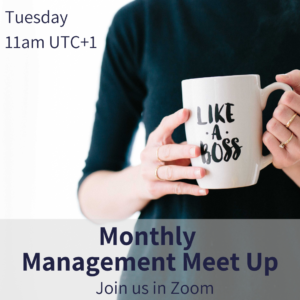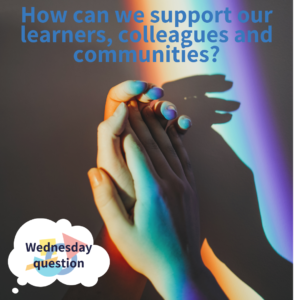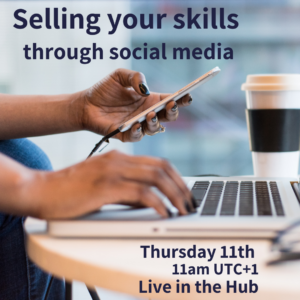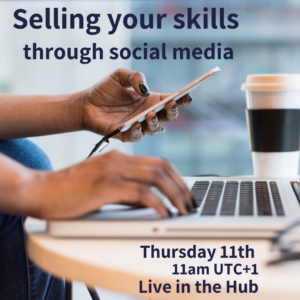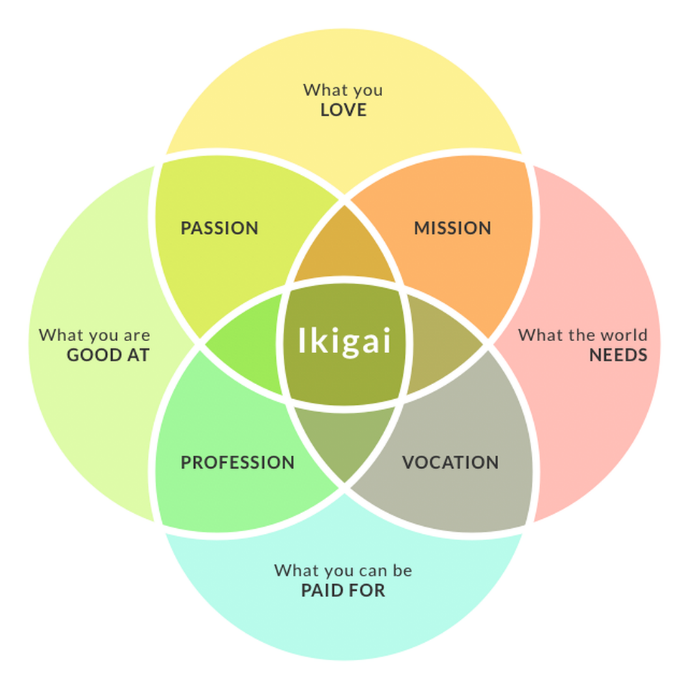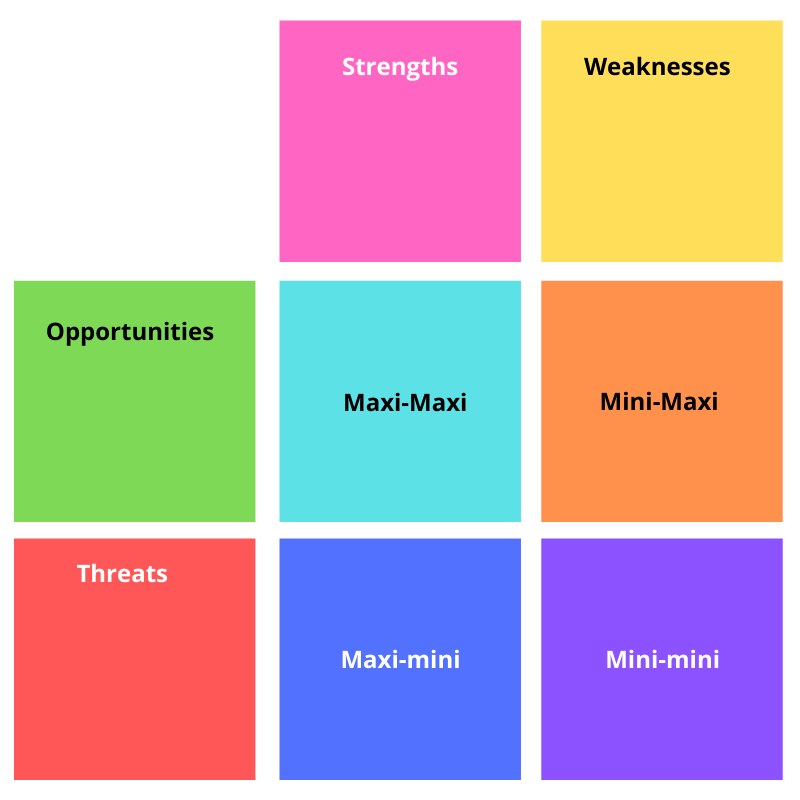Content types
Status posts (31.50)
Post every couple of days and block-plan what you’re going to share – you can schedule posts or just have something ready to share each time, so it takes the pressure off thinking about what to share.
You have 1300 characters, which is quite a lot (around 150 words maybe), Again, you get about two lines before ‘see more…’ so be provocative or intriguing at the start so people are encouraged to click more. Offer value, give tips and advice, ask questions – this gets comments, shares and likes. Use hashtags – they’re really helpful: you can reach a wide range of people with something general like #education but then also reach more of the people you want to target by using more specific tags like #ELT – use a mix! Although on the general stream you’ll move off the feed quickly, you can get seen by a big audience.
There was a question about using different hashtags on different social media – yes, as what’s trending on LinkedIn might not be what’s trending on Twitter. LinkedIn will tell you how popular a hashtag is at a given time.
There’s also a question about whether you put them as part of the post or just a stream at the end – there’s not a lot of difference, but test out what seems to work for you and your content.
Be careful when tagging people in posts – make it relevant to them and ensure it doesn’t annoy them!
If you have lots of engagement with your content, it tells LinkedIn that you’re a valuable member of the network and rewards you by placing you higher on search lists.
You might also start trending, which further improves your visibility.
Articles (38.00)
This is good if you don’t have your own blog. Don’t be promotional, but share things which provide value for others. Be original and make sure the headline is descriptive and offers a helpful summary of the content – these are the things people are looking for.
Listicles are good – titles with numbers attract people. With a listicle, you know what you’re going to get and it’s better to have an odd number in your list!





